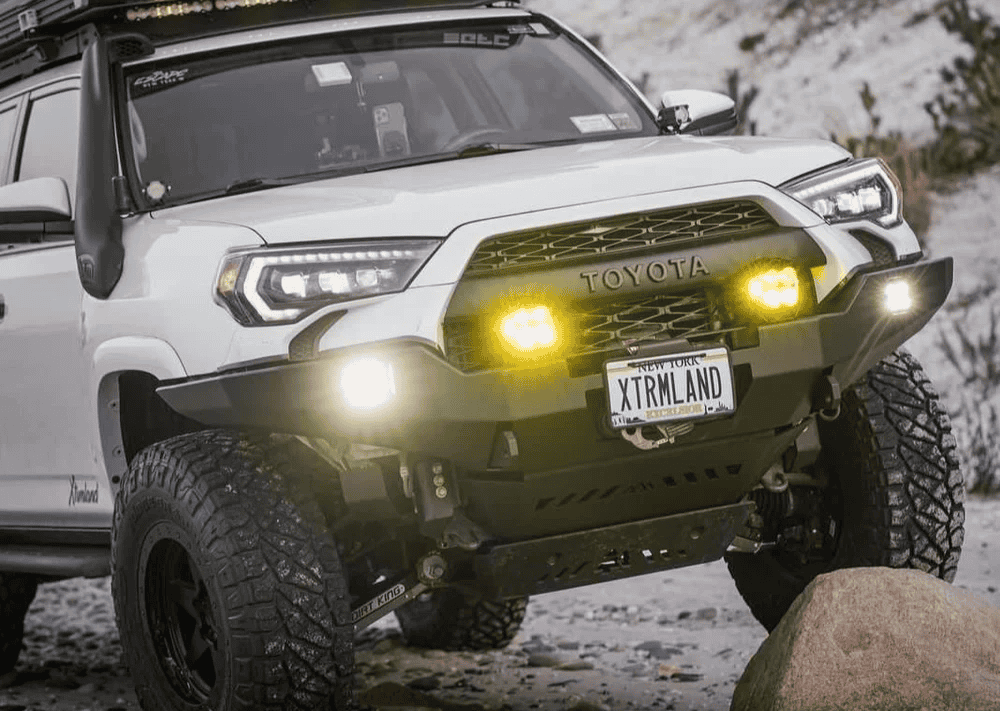Overland Vehicles

Overland travel demands mechanical awareness, and a diagnostics interface provides that awareness in real time. By connecting to the vehicle network, it can read diagnostic trouble codes, capture freeze frame data, and chart sensor trends while you navigate sand, snow, or high alpine passes. Modern platforms communicate over CAN with protocols such as ISO 15765 and UDS, while heavy duty powertrains may use J1939. The interface bridges these languages to present clear insights: coolant temperature, transmission temperature, oil pressure, fuel trims, and more. With that context, you can decide whether to continue, reduce load, or stage a repair before a small irregularity becomes a trail shutdown.
A strong interface also functions as a performance notebook. Logging long grades and river crossings reveals how heat and voltage behave under stress, showing exactly when fans cycle and alternator output begins to taper. Over time, your baseline forms a fingerprint for the drivetrain, making it easier to spot deviations caused by altitude, tire changes, or fuel quality. That recordkeeping is especially useful when your route runs days from parts or cellular coverage.
When OZK Customs packages an interface into a cockpit, the goal is simple clarity. We plan cable runs, power distribution, and mounting so data stays readable while you drive. In premium upgrades and full builds, OZK can integrate the interface with dedicated screens and protected charging to keep readings stable on corrugated tracks. Explore our approach to purpose built overland rigs.
The best interface is the one that works every time you switch the ignition. Choose an adapter that matches your platform and environment. Wired connections reduce latency and potential interference, while wireless adapters free up cable clutter in tight cabins. Prioritize devices with secure pairing, stable firmware, and proven support for manufacturer enhanced PIDs when available. If the rig is diesel, verify access to parameters like boost pressure and exhaust temperatures, which can expose impending thermal stress.
Mounting can make or break usability. A bright, daylight readable tablet or small dash display should sit inside your natural sightline without blocking airbags or vents. Use vibration isolating mounts and keep adapters away from footwells where they can be kicked loose during technical driving. Power the display from a clean circuit with adequate filtering so voltage swings do not reboot the device when lockers engage or a compressor cycles. Dust and water ingress ratings matter; a sealed case and screen protection extend life during foul weather.
For complete overland systems, interface placement ties into the entire cabin plan. OZK’s custom overland upfit work positions screens, power ports, and antennas with trail service in mind, making diagnostics effortless when it counts.
Start every trip with a clean slate. Scan for stored codes, clear them after documenting, and create a short baseline drive on familiar roads. On the trail, treat sudden warnings as a decision point: assess severity, gather live data, and verify whether the condition persists under different loads or ambient temperatures. Use freeze frame data to understand the exact moment a fault set. If a code is non critical, recheck after a cool down or partial load reduction; for critical warnings, stop and inspect before you risk collateral damage.
Diagnostics do not end when you get home. Export logs, compare against your baseline, and adjust maintenance intervals based on what the data shows. That might mean earlier fluid changes after a swampy crossing or a closer look at a sensor that drifted only at altitude. Over time, this loop makes the vehicle more predictable and resilient.
Common modifications like larger tires, re gear, or auxiliary cooling change how data looks. Recalibrate speed readings so fuel economy and shift strategies remain accurate. Verify that new cooling hardware achieves the expected temperature deltas under load. After a snorkel or intake change, monitor trims and airflow to confirm proper sealing and filter performance. The interface turns these checks from guesswork into measured outcomes.
Plan for storage and uptime. Enable rolling logs with timestamps and maintain enough local space for multi day routes. Keep the display on the house battery or a regulated feed so it stays alive while mapping, and set screen timeouts to conserve power. For privacy, avoid pairing with unknown devices and secure saved logs if they include location trails. A good interface respects the vehicle’s electrical limits while delivering reliable, readable data.
When your build calls for a fully integrated cockpit, OZK Customs designs the wiring, mounts, and power ecosystem around clarity and serviceability. Learn more about how we engineer reliability on why choose OZK Customs and see how we outfit purpose built overland rigs for long range travel.
If you want diagnostics to feel native to the cabin, not like an add on, bring your vision to OZK Customs. We blueprint the cockpit around the way you travel, from display placement to clean power and protected cabling. Share your routes, the terrain you love, and the capabilities you need; we will translate that into a dependable interface inside a capable, long range rig.
Ready to build a rig that treats diagnostics like a vital instrument, not an afterthought? Tell us how you travel and we will design a cockpit that integrates power, data, and serviceability so your adventures run smoothly. Start the conversation now and let OZK Customs turn your vision into a reliable, trail proven build.
ADDRESS:
6159 E Huntsville Rd, Fayetteville, AR 72701
PHONE:
(479) 326-9200
EMAIL:
info@ozkvans.com